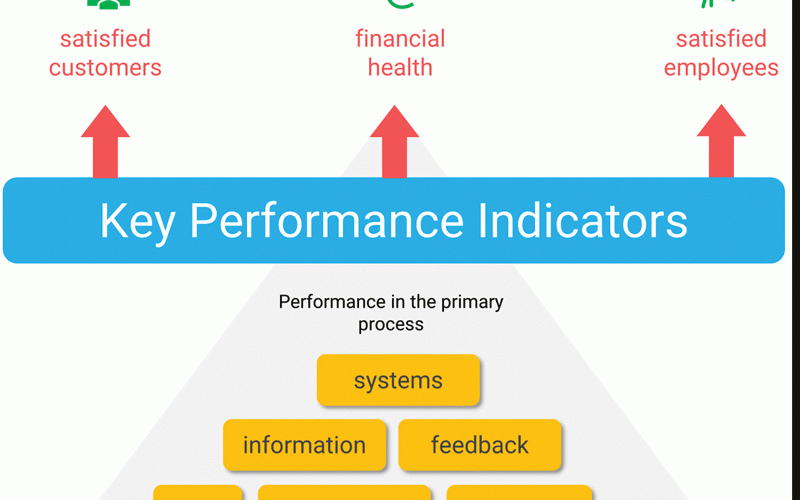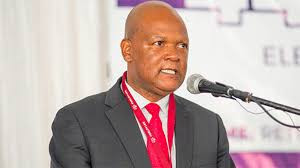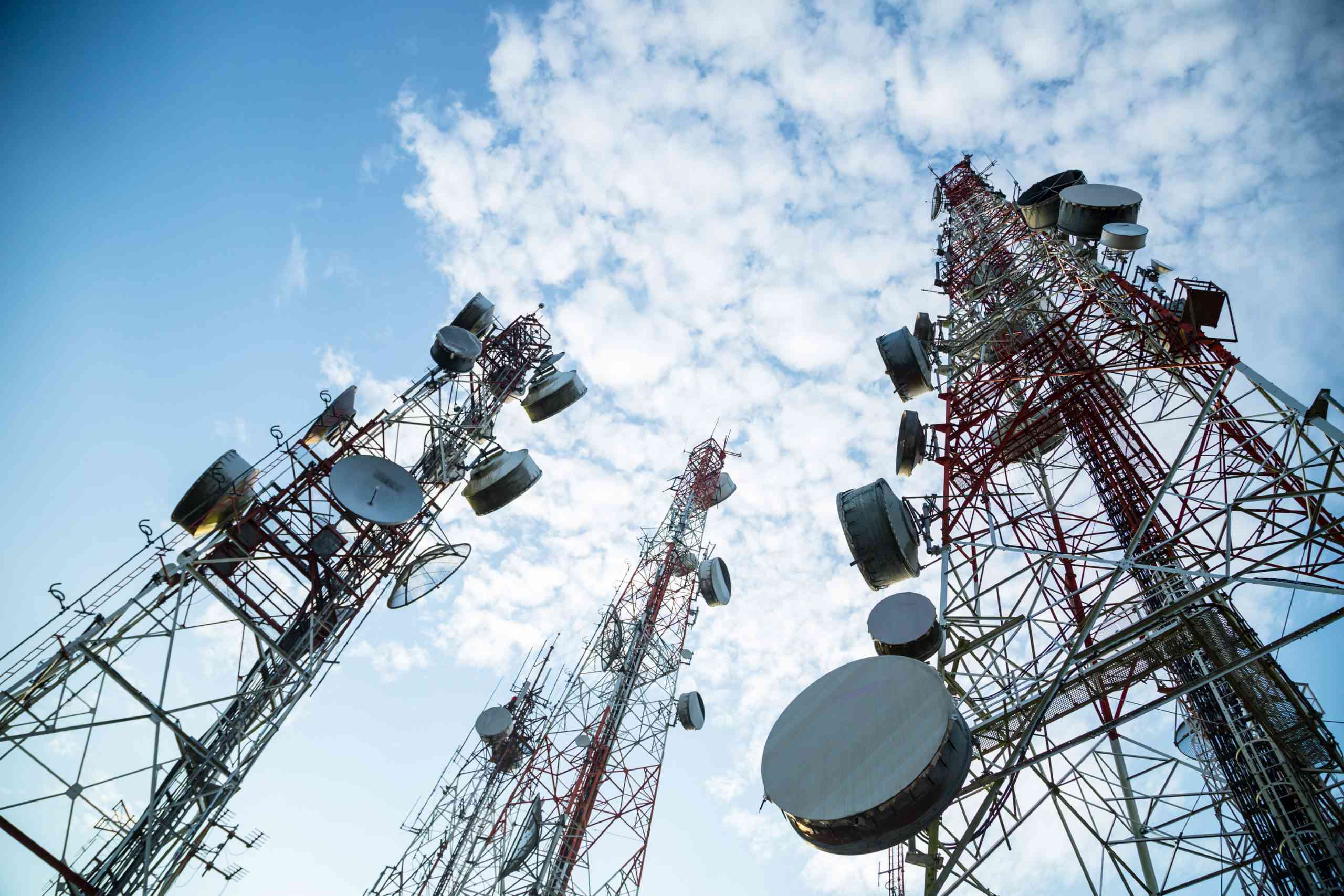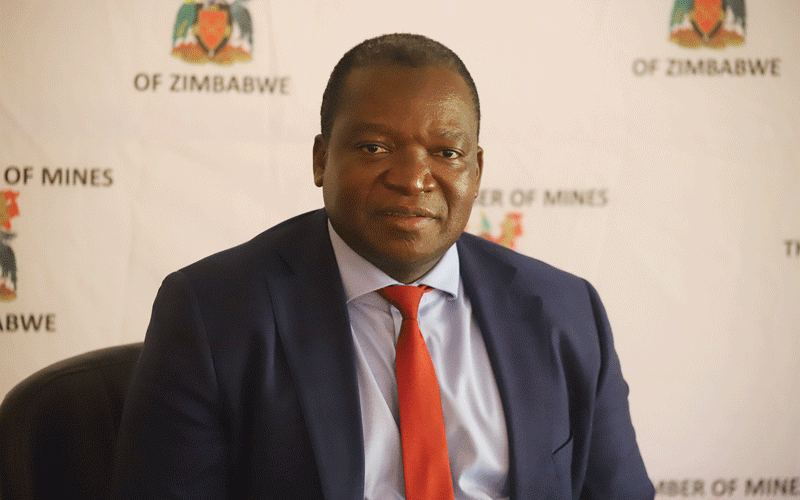
ONE of the most recited mystic tales in South America is that of El Dorado rush. The legend of El Dorado tells the story of a place that allegedly harboured great resources of gold somewhere in South America.
For almost two centuries, expeditions were launched to find the mythical kingdom where anointed princesses were covered in gold powder and boats filled with gold pieces and emeralds were sunk as an offering to the gods.
Ultimately, as the Werner Herzog movie brilliantly potrays, expeditions ended in tragic and disappointments.
The explorers and treasure hunters never found the much touted treasure of El Dorado. Back home, in the mid 2000s Zimbabwe was in the spotlight for its alluvial diamonds in Marange.
The country was abuzz with hope for economic prosperity. Sadly, the hope was dashed not because the diamonds were not found but because what people thought was El Dorado was actually a myth.
Like the rest of the countries in Africa, Zimbabwe followed the path of‘blood’ diamonds and resource curse.
Today only the politically exposed persons, senior government officials, militricians, political leaders and external actors have benefited from the Marange diamonds leaving the rest of the local communities disenfranchised and dispossessed of their land and resources without anything to show for it.
Almost two decades later, Zimbabwe is once again attracting global attention for its newfound “white gold”, “new oil” and the new “wonder metal” — lithium. Will the government this time around seize the opportunity or let it slip as it did with Marange diamonds?
- Chamisa under fire over US$120K donation
- Mavhunga puts DeMbare into Chibuku quarterfinals
- Pension funds bet on Cabora Bassa oilfields
- Councils defy govt fire tender directive
Keep Reading
To be clear, Zimbabwe is among the top 10 largest lithium producers globally. The other key lithium countries are Bolivia, Argentina, Chile,Peru, Mexico, Australia and China.
At regional level, the country has the largest known lithium deposits in Africa. Its proven deposits are found in Bikita, Goromonzi, Kamative, Buhera, Chegutu, Hwange, Insiza, Mutoko, Rushinga, Mberengwa, Fort Rixon, Bindura, Kadoma and Mutare. With these, Zimbabwe has the potential to meet 20% of the world’s total demand for lithium.
A wonder metal
Zimbabwe, which is currently engrossed in a polycrisis of unemployment, poverty and inequality among other social and economic ills is endowed with lithium, which is currently the most sought out metal for global clean energy transition.
Lithium is a rare mineral that is highly reactive, lightweight and can store large amounts of energy in a compact space, making it the ideal material for use in batteries. Most modern electronic devices,including mobile phones, laptops, iPods, iPads, digital cameras,watches, and energy storage systems rely on lithium batteries. Even the automobile industry is working fast to produce fuel-efficient hybrid and electronic cars using lithium batteries.These cars are vital in the process of reducing carbon emissions.
Expectedly, the demand for lithium has skyrocketed as most countries draw plans to phase out fossil fuel vehicles and switch to zero emission electric vehicles.In this context, lithium prices have soared, increasing more than 111%in the last two years, from US$6000 per tonne in March 2020 to more than US$70 000 in its peak in 2022.
For Zimbabwe, this has generated great expectations that this mineral could be the much awaited elixir and magic wand with the potential to help the country out of the debt trap and poverty circle.
The bane of the ban
So far government has banned the export of unprocessed lithium in a bid to keep more of the value chain of critical mineral in-country.In a circular issued on December 20 2022 under the Base Minerals Export Control Act, government declared that “no lithium bearing ores or unbeneficiated lithium shall be exported from Zimbabwe to another country”.
The idea behind this ban is broadly positive since it provides for the country to cash in on value addition and stop losing billions of dollars in mineral proceed to foreign companies.Statistics show that the country has been losing northwards of US$1,7 billion through exporting raw lithium.
It is also hoped that the ban will curb the artisanal miners, who are currently smuggling raw lithium toSouth Africa and China among the other destinations.
However, the bane of the ban issued by the Ministry of Mines and Mining Development is that it only applies to the export of lithium ore, that is, the rocks that carry the mineral and excludes lithium concentrate.
This simply means lithium mines will simply turn the ore into the concentrate and export it.
This will not contribute to job creation in the country. And yet lithium could be the answer to Zimbabwe’s multifaceted problems.
The other problem with the ministry’s ban is that it provides for the minister to authorise the exportation of the lithium ore in exceptional circumstances. Given the rampancy of corruption and under-hand dealings in the country, it is not unreasonable to posit that almost all lithium mining companies in Zimbabwe shall be entitled to special circumstances exemption by the ministry.
Besides, there are already reports that the Ministry of Mines and Mining Development has authorised the military to export raw lithium despite the recent ban. The same military that extracted the diamonds in Marange without benefits for the country is once againgiven the latitude to export raw lithium. This is a clear signal that the much lauded lithium will be a replay of the Marange diamonds fool’s errand.
More distressingly, government has also given the country’s strategic mineral to the Chinese.
The Chinese giant Sinomine Resource Group, Zhejiang Huayou Cobalt and Chengxin Lithium Group has acquired lithium mines and projects worth a combined US$678 million in Zimbabwe, including the Arcadia Lithium mine outside Harare. How does government give away the most prized metal without competitive bidding in this day and age?
A national lithium policy
One can only hope that government will come up with a more comprehensive national lithium mining policy. Authorities are better advised to craft the policy only after a wide consultation with local communities, civil society, business, miners and academics.
The policy should balance environmental issues and rights of local communities with the need to generate economic growth. More importantly, the policy must elevate issues of processing, beneficiating and marketing.
Unfortunately, a good policy does not necessarily translate to success in Zimbabwe. Instead, Zimbabwe has seen most good policies being routinely ignored because of lack of political will. I dare say if lithium was discovered in Paul Kagame’s Rwanda, that country will in no time become the Singapore of Africa.
With lithium on its hands, the government has a once-in a life time opportunity to boost the development of the country through massive global demand for the wonder metal.
However, capitalising on this opportunity requires sustainable governance perspective to ensure that investment is available and that the gains of the lithium “rush” are distributed in a way that improves the well-being of all Zimbabweans.
One can only hope that the tragedy of the alluvial diamonds of Marange, which were looted leaving no signs that the country is a diamond exporter will not resurface and make lithium another tale of El Dorado. Unfortunately hope is not a strategy.
Moyo is the director of the Public Policy & Research Institute of Zimbabwe. He is an expert in African agency, global finance and emerging markets and developing economies. These weekly New Perspectives articles, published in the Zimbabwe Independent, are coordinated by Lovemore Kadenge, an independent consultant, managing consultant of Zawale Consultants (Pvt) Ltd, past president of the Zimbabwe Economics Society and past president of the Chartered Governance & Accountancy Institute in Zimbabwe (CGI Zimbabwe). — [email protected] or mobile: +263 772 382 852











